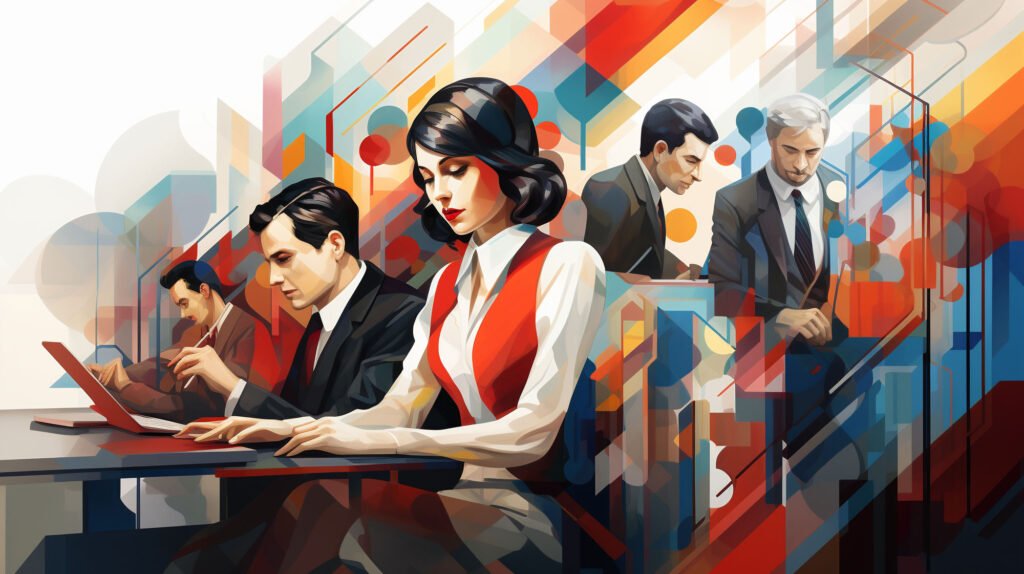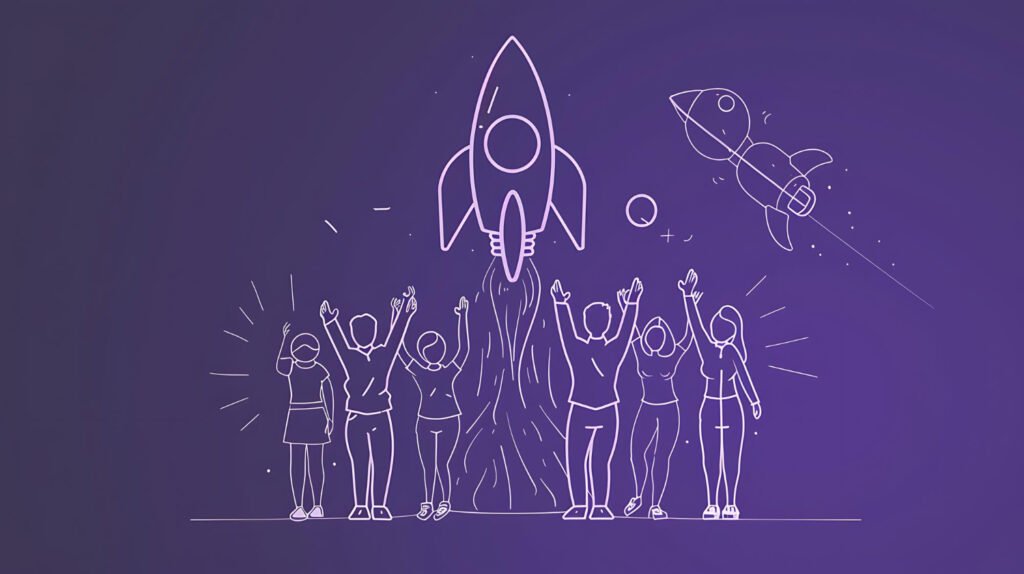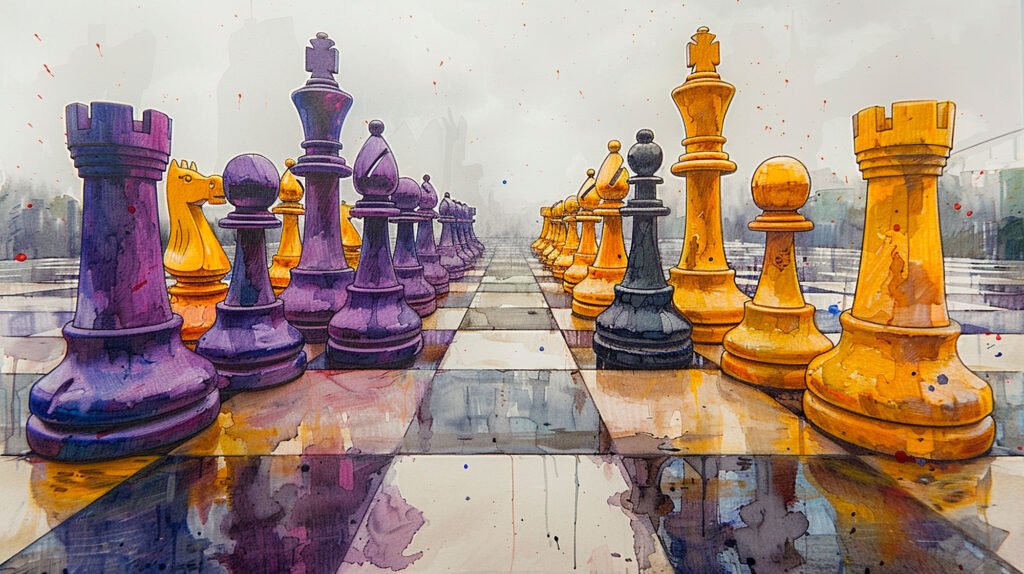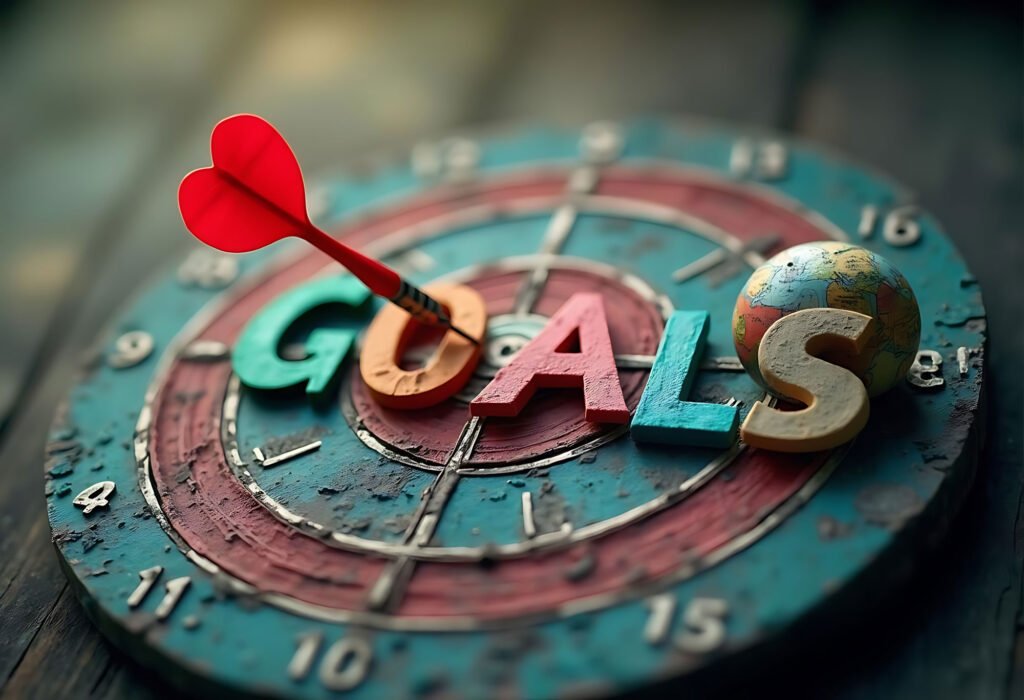
Teams worldwide are finding ChatGPT’s remarkable potential to generate fresh ideas and solve complex business challenges. This powerful AI tool acts as a valuable brainstorming partner that helps teams break through creative barriers. Teams can explore new possibilities they might have missed otherwise. Human creativity combined with AI-powered insights creates an exciting chance for teams ready to boost their ideation process.
Teams will learn how to prepare for AI-assisted brainstorming in this piece. They can generate ideas with ChatGPT and make human-AI collaboration work better. The guide teaches practical techniques to craft effective prompts and drive team participation. Teams can use AI to review and refine ideas. These strategies help teams tap into their creative potential while balancing artificial and human intelligence effectively.
AI-assisted brainstorming works best when teams line up and prepare properly. Smart organisations carefully merge ChatGPT into their ideation processes and ensure teams understand its capabilities and limitations.
ChatGPT is a powerful partner that helps teams generate ideas in several ways:
Teams need clear guidelines that help them work better with AI. Research proves team members share more ideas and make higher-quality suggestions when they work with AI partners 2. The team should follow these basic rules to promote productive teamwork:
Managing AI’s role expectations in the brainstorming process is vital. Teams need to understand that ChatGPT works as a prediction machine, not a sentient being 3. The team’s success relies on realistic goals and accepting that AI sometimes makes basic mistakes a novice would avoid while delivering sophisticated solutions at other times 3.
Teams must set specific objectives before each session and define the problems they want to solve with desired outcomes. A well-laid-out approach guides AI’s responses that lead to relevant and practical suggestions 4. Teams can better harness ChatGPT’s capabilities by adding detailed context and specific prompts to achieve their goals.
Becoming skilled at prompt engineering helps tap into ChatGPT’s full potential to generate innovative ideas. Teams can control this tool effectively by understanding its nuances and creating better strategies to generate ideas.
ChatGPT’s output quality directly relates to the input quality it receives. Teams can make their prompts better by thinking over these key parameters:
ChatGPT’s most valuable feature lets it take on different roles and views during brainstorming sessions. Teams can use this capability by asking the AI to act as specific personas, such as target audience members or industry experts 1. This role-playing method helps teams:
Teams can use the phrase “Try again, but…” to guide ChatGPT toward more precise outputs that need refinement 8. This step-by-step prompting approach improves ideas while keeping the creative momentum going.
ChatGPT excels at generating ideas, but its responses don’t automatically appear in a searchable format 9. Teams can create effective systems that capture and host AI-generated concepts through ChatGPT’s integration with popular productivity tools.
Slack Integration: Teams benefit from dedicated channels where ChatGPT provides up-to-the-minute suggestions during discussions 10.
Trello Implementation: Organisations turn their boards into idea repositories where AI-generated concepts populate cards automatically 11.
Google Docs Enhancement: ChatGPT adds content directly to shared documents that makes idea refinement and cooperation easier 12.
ChatGPT serves as a powerful ideation tool that works best when it supplements human creativity rather than replacing it 2. Teams should consider AI-generated suggestions as starting points to explore and develop further. These suggestions help spark discussions and inspire innovative solutions.
Teams create a dynamic ideation environment when AI and human creativity work together harmoniously. Success comes from striking the right balance between making use of ChatGPT’s capabilities while human insight and expertise continue pioneering the creative process.
Human creativity combined with artificial intelligence creates new possibilities for innovation and problem-solving. Teams that learn to work together with AI achieve remarkable results beyond traditional brainstorming methods.
Teams achieve optimal results at the time they treat ChatGPT as a collaborative partner instead of a solution generator 13. The technology excels at making associations among remote concepts and produces ideas from them 14. Team leaders should encourage their members to maximise this collaborative potential through these approaches:
Creative blocks can greatly affect a team’s productivity, but ChatGPT provides several ways to break through these barriers. Teams can interact with AI through role-playing scenarios to spark their creativity and problem-solving skills at the time they hit creative roadblocks 15.
ChatGPT helps teams rewrite texts in different styles, adjust tones, and reorganise structures based on specific needs 15. This flexibility gives teams fresh perspectives and unexpected connections that help them move past creative stagnation.
AI’s true value in team collaboration goes beyond technology. It’s about creating a partnership between AI systems and human professionals 16. Teams need to use both human and machine intelligence strengths together. AI gives evidence-based points of view while humans add context and experience 16.
Key Strategies for Balanced Collaboration:
Teams need a framework that uses AI to spark human creativity instead of replacing it. This works through:
Studies show that AI can boost communication and help connect different cultures and communication styles 16. Still, people need to interact with each other to build trust and keep teams united. Teams must find the right balance where AI boosts creativity without taking over human input.
Teams thrive when members feel confident building on AI suggestions. This creates a more dynamic and innovative brainstorming process. The secret is to see ChatGPT as a partner that increases human creativity rather than replacing it 17. With this mindset, teams can use AI’s analytical strengths while keeping the human touch that leads to truly innovative solutions.
Success in innovation depends on knowing how to analyse and refine ideas effectively. ChatGPT offers advanced evaluation features that turn raw concepts into practical solutions through systematic analysis and improvement.
ChatGPT helps teams analyse ideas thoroughly using multiple evaluation frameworks. The AI assesses concepts based on how new they are, if they work, their specifics, their effects, and whether they’re practical 14. Teams can utilise this feature with a well-laid-out approach:
To name just one example, ChatGPT showed its analytical skills when it looked at solutions for reducing food waste. It gave a detailed breakdown of pros and cons for different approaches like smart packaging with dynamic expiration dates and food donation programmes 14. This organised way of evaluating helps teams decide which ideas they should develop further.
ChatGPT excels at recognising patterns and making connections between concepts that seem unrelated. The AI analyses big amounts of data to find trends, patterns, and insights that people might miss 18. Teams can use this pattern recognition feature to:
ChatGPT uses natural language processing to help teams refine ideas. It summarises important information and suggests related concepts they might have missed 18. This complete approach helps teams catch valuable connections that could lead to new breakthroughs.
The experience from original concept to refined solution needs systematic development and iteration. ChatGPT shows remarkable strength by combining multiple ideas to create stronger, more detailed solutions 14. The AI created a detailed programme that integrated smart packaging, donation systems, and public education initiatives at the time it was asked to merge multiple food-waste reduction concepts 14.
Teams can optimise concept development through specific techniques that ChatGPT supports:
SCAMPER Analysis: Teams can explore different angles of their ideas through Substitution, Combination, Adaptation, Modification, Put to another use, Elimination, and Reversal with this technique 19. ChatGPT guides teams through each step and suggests specific improvements and alternatives.
SWOT Framework: Teams can spot areas to improve and potential challenges early in the development process through detailed Strengths, Weaknesses, Opportunities, and Threats analysis 19. ChatGPT provides detailed SWOT analyses that think over multiple views.
Six Thinking Hats: Teams can get into concepts from different viewpoints – positive, negative, emotional, creative, factual, and process-oriented with this method 19. ChatGPT aids this process and generates insights from each view to ensure thorough concept evaluation.
AI-powered insights improve the refinement process while keeping the vital human element. Research shows that AI tools give major advantages with training on accurate consumer quantitative data. Teams can receive early feedback on innovations within hours 20. Organisations can evaluate multiple concepts quickly through this rapid evaluation cycle and advance only the most promising ideas to more detailed testing phases.
Teams can develop resilient and viable solutions by exploiting these AI-powered techniques with human oversight. ChatGPT’s analytical capabilities should improve human judgement in the refinement process. Final concepts benefit from both AI-driven insights and human expertise through this balanced approach that creates stronger, more implementable solutions.
ChatGPT serves as a valuable partner for teams looking for new viewpoints and state-of-the-art solutions in group brainstorming sessions. Teams can realise remarkable potential in problem-solving when they combine AI-supported ideation with human creativity effectively. The best results come from proper preparation, well-crafted prompts, balanced teamwork, and systematic idea refinement using ChatGPT’s analytical strengths.
Teams need a solid grasp of human and machine capabilities to succeed with AI-supported brainstorming. Organisations that use ChatGPT to enhance their creative processes, rather than replace them, often achieve breakthrough advances and maintain their competitive edge. Many companies worldwide have shown that successful ideation doesn’t require choosing between human or artificial intelligence – it thrives on the powerful combination of both.
Can ChatGPT create new ideas?
Yes, ChatGPT can produce a broad array of responses to text-based prompts, offering fresh ideas and perspectives that can spark innovation.
How can I use ChatGPT to generate ideas?
To generate ideas using ChatGPT, start by providing a topic. ChatGPT will then define the topic and generate initial ideas. You can select one of these ideas to explore further and continue this process to delve deeper into the idea space.
What is the process for generating ideas through brainstorming?
Brainstorming can be conducted in six steps:
How can AI be utilised for brainstorming?
AI can be integrated into the brainstorming process as follows:
Does ChatGPT tend to repeat ideas after multiple generations, and is there a way to overcome this?
ChatGPT might start to repeat or slightly rephrase ideas after several iterations. To overcome this, you can modify the prompts or introduce new elements to the discussion to guide the AI in generating more diverse ideas.
[1] – https://firmbee.com/a-brainstorming-session-with-chatgpt
[2] – https://info.orchidea.dev/innovation-blog/ai-in-brainstorming
[3] – https://medium.com/@diogomarta/crossing-the-ai-chasm-how-to-manage-expectations-on-ai-products-0d7e7cc075e0
[4] – https://zapier.com/blog/chatgpt-for-brainstorming/
[5] – https://medium.com/@bharwood/chatgpt-design-thinking-and-ccreative-human-ai-collaboration-2d701e0754b6
[6] – https://www.authorea.com/users/783552/articles/946691-integrating-ai-into-design-ideation-assessing-chatgpt-s-role-in-human-centred-design-education
[7] – https://medium.com/@technormal/ai-for-creativity-brainstorming-1-1-with-chatgpt-e04a33c70a18
[8] – https://www.sciencedirect.com/science/article/pii/S2713374524000050
[9] – https://www.gmal.co.uk/how-to-use-chatgpt-as-a-collaborative-brainstorming-tool/
[10] – https://teamai.com/blog/ai-collaboration/how-to-get-my-team-to-collaborate-with-chatgpt/
[11] – https://learn.microsoft.com/en-us/microsoftteams/platform/bots/how-to/teams-conversational-ai/teams-conversation-ai-overview
[12] – https://www.ideo.com/journal/the-rules-of-brainstorming-change-when-artificial-intelligence-gets-involved-heres-how
[13] – https://sftp.asee.org/chatgpt-and-me-collaborative-creativity-in-a-group-brainstorming-with-generative-ai.pdf
[14] – https://hbr.org/2023/07/how-generative-ai-can-augment-human-creativity
[15] – https://www.forbes.com/sites/bryanrobinson/2024/05/23/chatgpt-hacks-to-boost-creativity/
[16] – https://www.qa.com/resources/blog/human-in-the-loop-six-steps-to-master-ai-collaboration/
[17] – https://blog.adrianalacyconsulting.com/ai-efficency-human-creativity/
[18] – https://www.vikingmergers.com/blog/using-ai-for-ideation/
[19] – https://medium.com/@hey.musli/heres-how-to-brainstorm-with-chatgpt-49820e71a970
[20] – https://www.kantar.com/inspiration/agile-market-research/three-tips-for-using-ai-powered-insights-for-innovation








Join the AI by Riz community and get exclusive tips, expert insights, and the latest in generative AI delivered straight to your inbox. From practical AI hacks for everyday tasks to deep dives into industry-specific applications, our newsletter keeps you informed, empowered, and ready to lead with AI.
Unlock the power of generative AI to enhance productivity and growth across professional roles. From healthcare to finance, AI by Riz provides tailored learning paths, hands-on tutorials, and innovative insights to help you master AI and transform your career.
info@example.com
(123) 456 7890
121 King Street, NY, USA